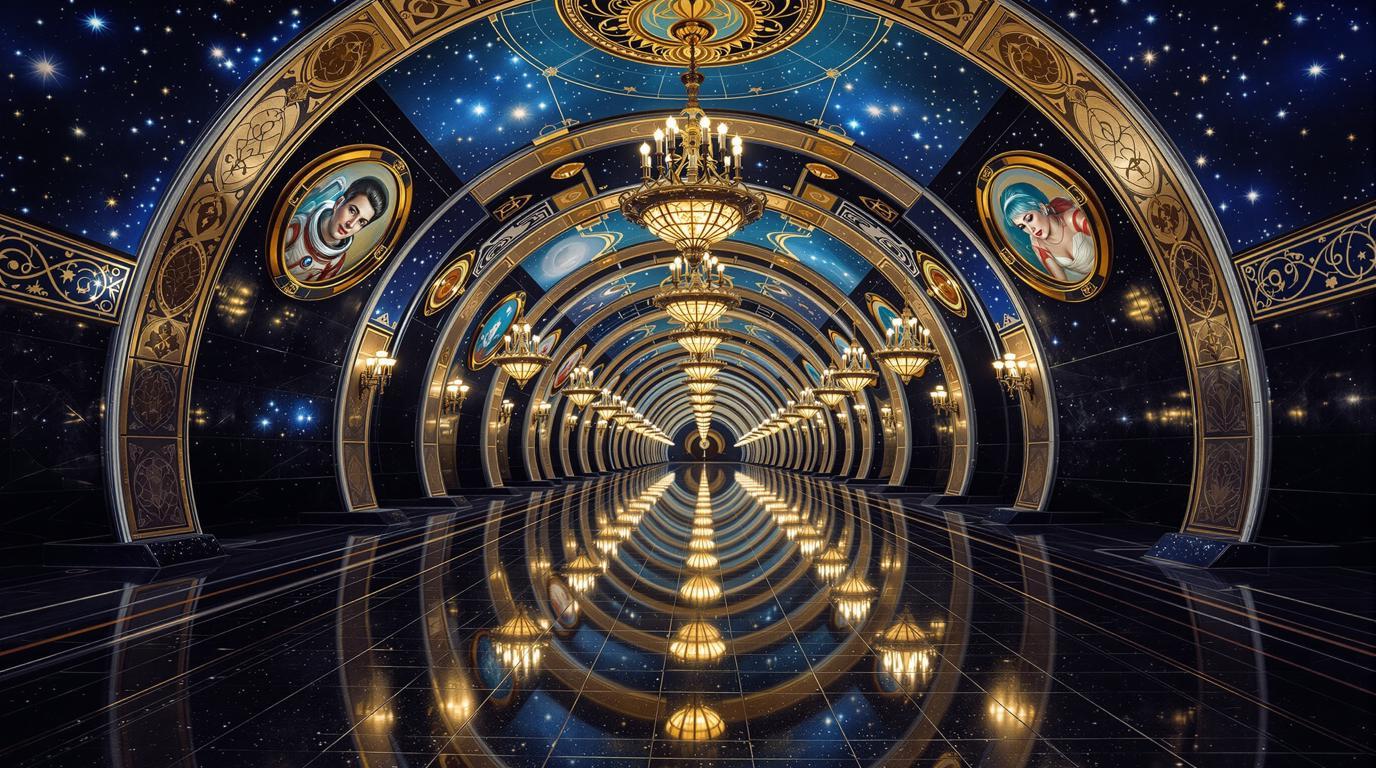This 1,800-Year-Old Capital Houses Underground Palaces Once Banned to Tourists Until 2022
The forbidden underground world beneath Tashkent
Deep beneath the bustling streets of Tashkent, Uzbekistan lies a secret world of breathtaking underground palaces that remained largely hidden from foreign eyes until recently. These subterranean marvels, part of the city’s metro system, feature dazzling chandeliers, intricate mosaics, and marble halls that rival the opulence of royal residences. After decades of photography restrictions finally lifted in 2018, these underground palaces are now fully accessible to curious travelers.
“These aren’t just transit stations – they’re living museums that tell the story of our civilization through art and architecture,” explains Dilshod Karimov, a local historian who has documented the metro’s evolution for over two decades.
A Soviet legacy with Central Asian splendor
Built during the Soviet era, Tashkent’s metro stations were designed as “palaces for the people” – a communist vision brought to life through Central Asian artistic traditions. The Kosmonavtlar station celebrates space exploration with cosmic-themed mosaics and portraits of cosmonauts, while Alisher Navoi station honors the great Uzbek poet with stunning literary scenes carved into its walls.
While Moscow’s metro might be more famous, Tashkent’s underground palaces offer a uniquely Central Asian experience with their Islamic-influenced patterns and use of local materials like Gazgan marble and Samarkand granite. If you’re intrigued by cultural fusions, this French coastal gem where Italy meets France offers another fascinating border culture worth exploring.
Why these palaces remained hidden for so long
During the Cold War, Tashkent’s metro doubled as a nuclear shelter, making it a strategic military installation. Photography was strictly prohibited, and foreign visitors were closely monitored. These restrictions lingered long after Uzbekistan gained independence in 1991, only fully lifting in 2018 as part of the country’s push to boost tourism.
“For years, we could only describe the beauty to foreigners using words,” shares Malika Rakhimova, a veteran tour guide. “Now we can finally show the world what we’ve always known was here.”
The jewels of the underground crown
Among the 29 stations, certain stops stand out as must-visit destinations. Pakhtakor station showcases cotton themes (Uzbekistan’s primary crop) with intricate ceiling designs, while Mustaqillik Maydoni (Independence Square) features magnificent blue tiles reminiscent of ancient Samarkand.
For travelers seeking less touristy experiences like these hidden palaces, this Mediterranean village that rivals the Maldives offers another off-the-beaten-path destination at a fraction of the price.
Beyond the underground: Tashkent’s ancient roots
While the metro dates back only to the Soviet era, Tashkent itself boasts an 1,800-year history as one of Central Asia’s oldest settlements. After a devastating earthquake in 1966 destroyed much of the ancient city, Tashkent was rebuilt with wide boulevards and monumental architecture, but pockets of its pre-Soviet charm still exist in the Old City district.
Photography enthusiasts will find Tashkent particularly rewarding if visiting during April or October when temperatures are ideal. If you prefer tropical climates, consider this tropical island that maintains perfect 32°C in April with significantly cheaper flights.
Journey through history in a single token
Perhaps the most remarkable aspect of Tashkent’s underground palaces is that a standard metro token (approximately $0.30) grants access to this extraordinary underground museum. For travelers interested in historical journeys, these European horseback adventures along ancient trails offer another way to connect with the past.
In Tashkent, each metro station unfolds like a chapter of Uzbekistan’s complex history – from ancient Silk Road traditions to Soviet influences and modern independence. For those seeking an underwater adventure after exploring these underground wonders, this island paradise hides the world’s second-largest barrier reef where marine life awaits.
As you ascend from these underground palaces back to street level, you’ll emerge with a deeper understanding of how Uzbekistan has preserved its cultural identity through centuries of change – all while creating some of the most beautiful public spaces hidden beneath an ancient capital that’s finally ready to share its secrets with the world.
